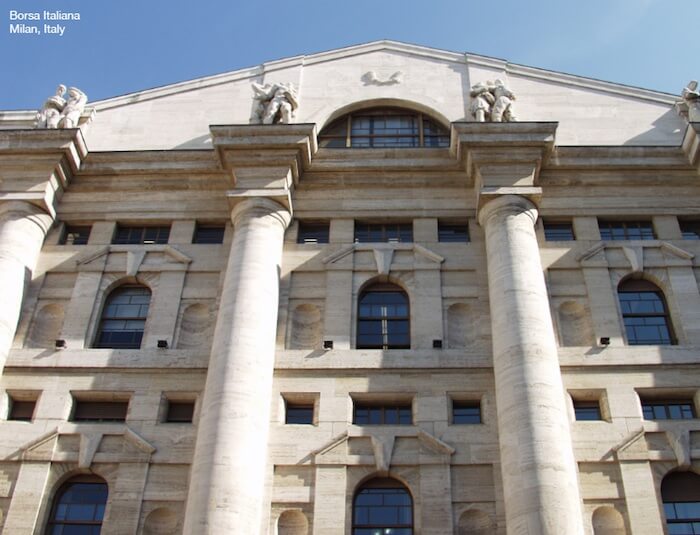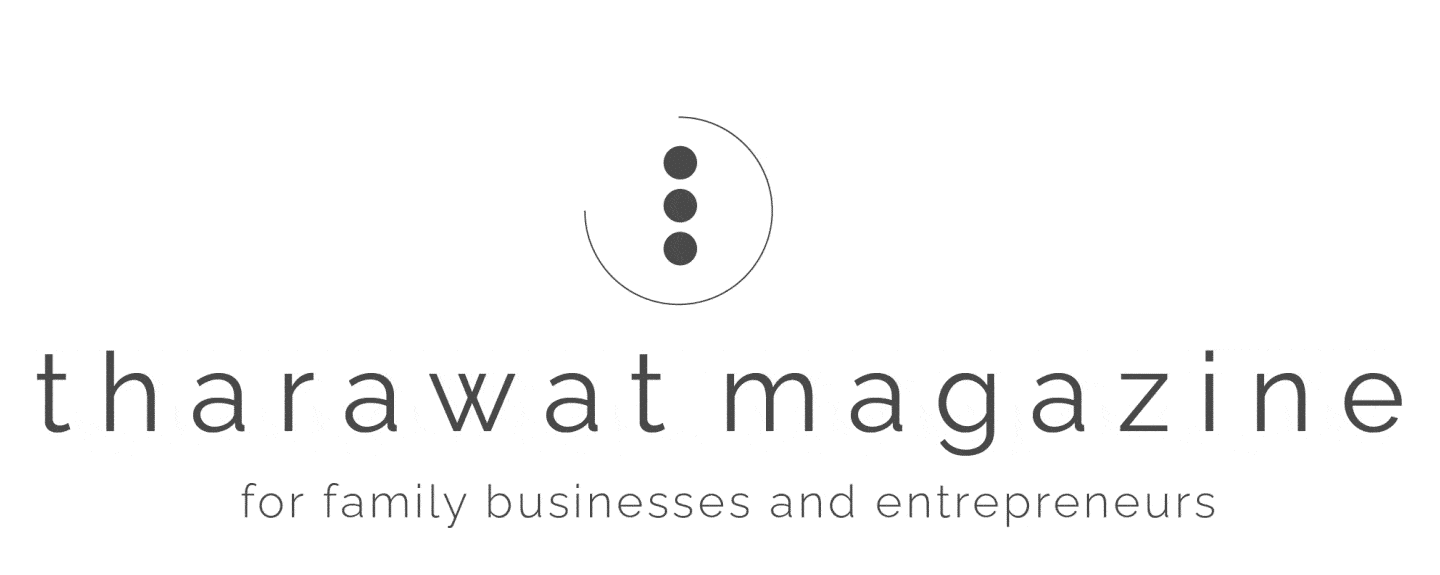Business families are often reluctant to consider listing even part of their companies as seemingly the requirements of the public market stand in contradiction to the family’s at times informal management style and the advantages that full family control brings. Nonetheless, Milan-based Italian stock exchange Borsa Italiana contains a range of businesses, a resounding 72% majority of which are family-owned. Luca Peyrano, Head of Continental Europe, Primary Markets at London Stock Exchange Group, having worked with hundreds of family businesses that went through the IPO process understands the balance well. In speaking to Tharawat magazine Peyrano uncovers the unexpected synergies between family ownership and good performance on the stock market.
How do you view the role of family businesses in the Italian economy?
Italy’s economy is based on family-owned businesses, mostly SMEs. It’s part of our heritage. We have this in common with other countries such as Spain and France. Family businesses dominate pretty much all sectors Italy is strongest in and some of the Italian family companies are amongst the eldest in the world. In Italy you cannot avoid discussing family when you are discussing business. Around 72% of all companies listed at the Borsa are family-owned.
Most people think that the stock market stands in contradiction to privately owned family companies, but we find that is not true. The idea that the public market is not suited to the family business comes from the assumption that the family will lose control once it lists the company. This is not true: The vast majority of the listed businesses are still fully controlled by families; they retain more than 50% of the company. I think it’s a very synergetic combination: Family businesses on the one side and public markets on the other. Global reports have analysed listed family businesses and there are indications of higher performance by family businesses as compared to other companies. The reason behind this, is that families are able to provide a long-term strategy which is appreciated by investors.
Families naturally tend to have a long-term view because they also have to preserve the family heritage across generations. They know the business extremely well and they are not likely to prioritise short-term tactics over long-term orientation. For instance, Tod’s, family-owned luxury leather goods producer, is a listed company in Milan, owned by the Della Valle family: At the time of the IPO they announced a clear plan and path for growth. Only a few clear cut and long term goals. The stock market has been quite volatile over the last ten years. But overall Tod’s shares have been incredibly consistent. There was a direct connection between the fundamentals of the company and its stock price. I think due to the consistency through which the family and Mr. Della Valle communicated and reached its goals year by year this success was assured.
When firms over-promise it is very difficult to regain the market’s confidence. I think that the families are under more scrutiny because usually they don’t want to risk reputation problems. Sometimes the name of a family is directly associated with the name of the brand. For instance, the case of Ferragamo, a nearly century-old luxury goods company, is another incredibly successful IPO story: The family came to the market with the idea of regulating the relationship between generations, and to define visible objectives for family members, managers and the company itself, in order to give the company longer life maybe beyond that of the family itself. Clearly, we all hope that the family will still manage and control this company in the future. But they took the decision to create independence between the company’s life and the family’s life. The stock market allowed this strategy.
Another example is that of the family business Brunello Cucinelli, another luxury goods specialist, whose IPO oversubscribed 17 times. I think Mr. Cucinelli’s success came from the way he structured the IPO process. You have to prepare the whole process which can take up to 12 months of preparation; business plans, control systems, the governance structure, everything has to be put into place. In the last months the business is required to open up its books and to start collecting orders through road shows for investors. Mr. Cucinelli decided to start this process eight months before the IPO. This enabled him to have a relaxed dialogue with investors. Investors were able to look at the company’s craftsmanship. What he did was to build the story and create a sense of what the company was all about. It led to a tremendous success. Investors decided to pay a premium equivalent to the intangible value of the company. They believed in the long-term sustainability of the company.
Does the family business have to be at a certain stage in order to go through this process successfully?
In Mr. Cuccinelli’s case the main objective was to give the company a longer life than that of his family. He’s young enough to continue for the next few years, but he said that the company had to be managed by those most suited for the job. He convinced the investors to look at the long-term sustainability of the business allowing its employees to maintain good living standards.

At Borsa Italiana we have launched specialised programs to prepare families for their IPO. We have found a good way to increase families’ interest in the stock market. We provide training and support for the change management that is required for listing. We explain that communicating with the market is not necessarily revealing the secret formula behind a product, it’s more about telling what the company’s strengths and strategies are. In our program we show the benefits of running a public company. We understand that it’s a test for the family and they do not have to commit to a public quotation. We just assist in changing some of their internal behaviours and practices. Listing part of a company can lead to powerful growth, but it requires sharing information, which families might be reluctant to do. The families who decide to go public are the best examples of the combination of these two aspects. They show that it is possible to be listed while remaining a family business.
What is the greatest obstacle you encounter when training families to go public?
I think that they are not comfortable with sharing too much information. I think it’s understandable. Sometimes they are worried about letting competitors know what they are doing or about the possible reaction from the fiscal agency. Others worry about having to enter into a debate with family members about each single decision while keeping the market happy. As a family you can sit down in a private room and discuss and a final decision will be taken in a relatively short time. As a public entity, the family has to be more visible. You have to go through decisions in a transparent way. At the same time you also may risk losing the good climate within the family. That’s why you really need a model in order to manage the company. I fully understand that it’s an extremely difficult task for a family. The family is the owner, the main shareholder of a company. The company has to follow clear procedures independent of whether it is a public or a private entity.
There are clear examples of very large non-listed family companies that are structured just like public companies. For example the companies Ferrero and Barilla pay a lot of attention to procedures. If you don’t have procedures, you’re going to get into trouble sooner or later. Sometimes going public can make the company better from an organisational standpoint.
For small-size businesses, it’s a trade-off because clearly, adding procedures into a small business sometimes can be counterproductive because you become more rigid and you lose flexibility. In small businesses luckily you mostly still have the entrepreneur who is the clear leader. At a certain stage it’s very appropriate that you stop managing the company as a one-man show. The procedures have to be put in place.
Do you feel like the current economic climate in Italy is conducive for family businesses to list?
Yes, from the perspective of the potential issuers, for a very simple reason: Time is difficult and banks are not providing financing that easily. Sometime they can be even more restrictive than a public market. If you want to compete at global level, you have to be solid. Either, the family injects some cash, or they get an external shareholder, either through the market or private equity. Either way you have to go through restructuring processes. Therefore, I think that at the moment it can be particularly productive for Italian companies to come to the market. Through our programs we try to create a sort of corridor to the market whereby the families can take a step-by-step approach. We agree with the family, who and what kind of advisors should be involved in the process. We create a team that works together with the company. The company is provided with two or three clear objectives for change. This approach can be really helpful for companies. It is a soft approach coupled with a few simple, clear tasks to perform.
On the other side, we always have to remember that we need investors to perform an IPO or a private equity transaction. It is not easy right now because the market is still very nervous and selective. I do believe, however, that it will stabilise over the next couple of years and I see many opportunities opening up for both international investors and family businesses with global investors.
Tharawat Magazine, Issue 17, 2013
















